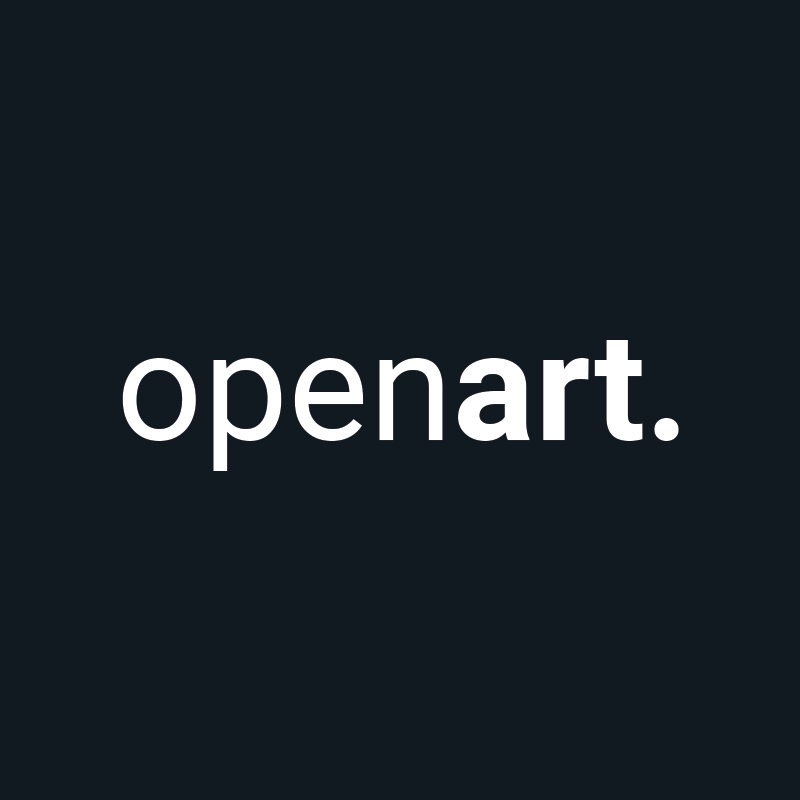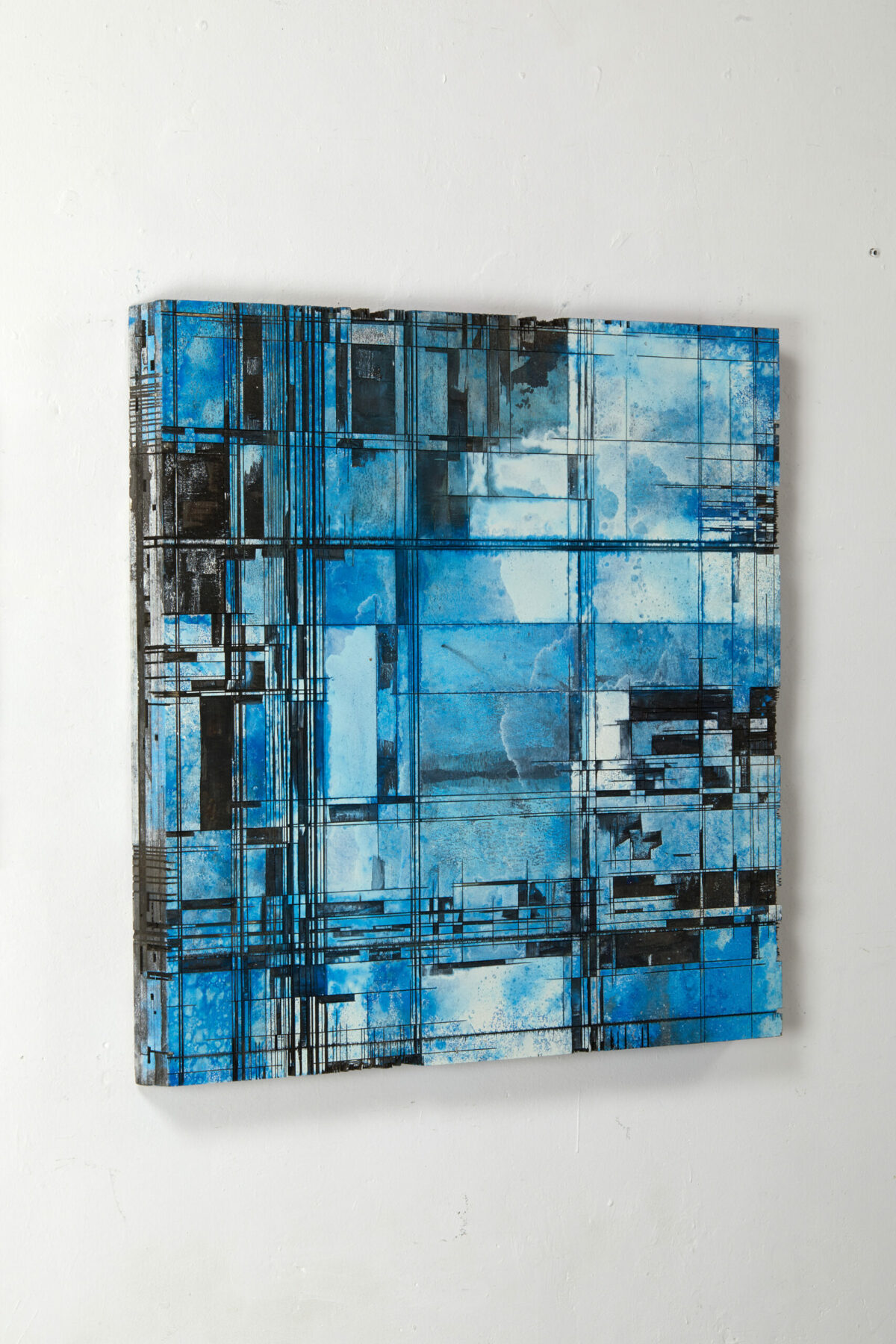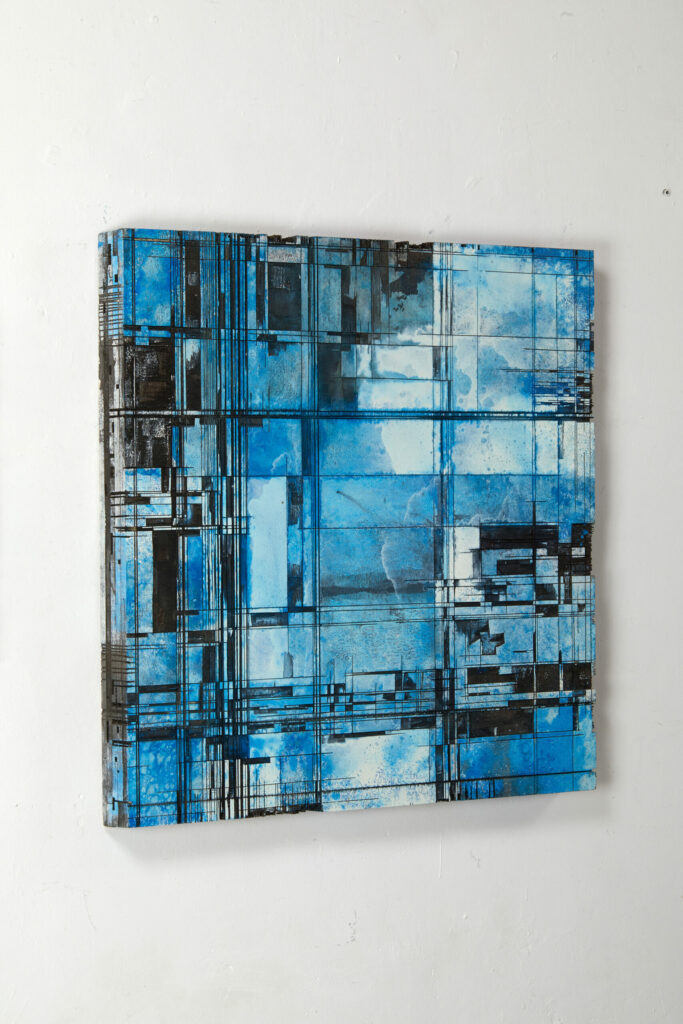
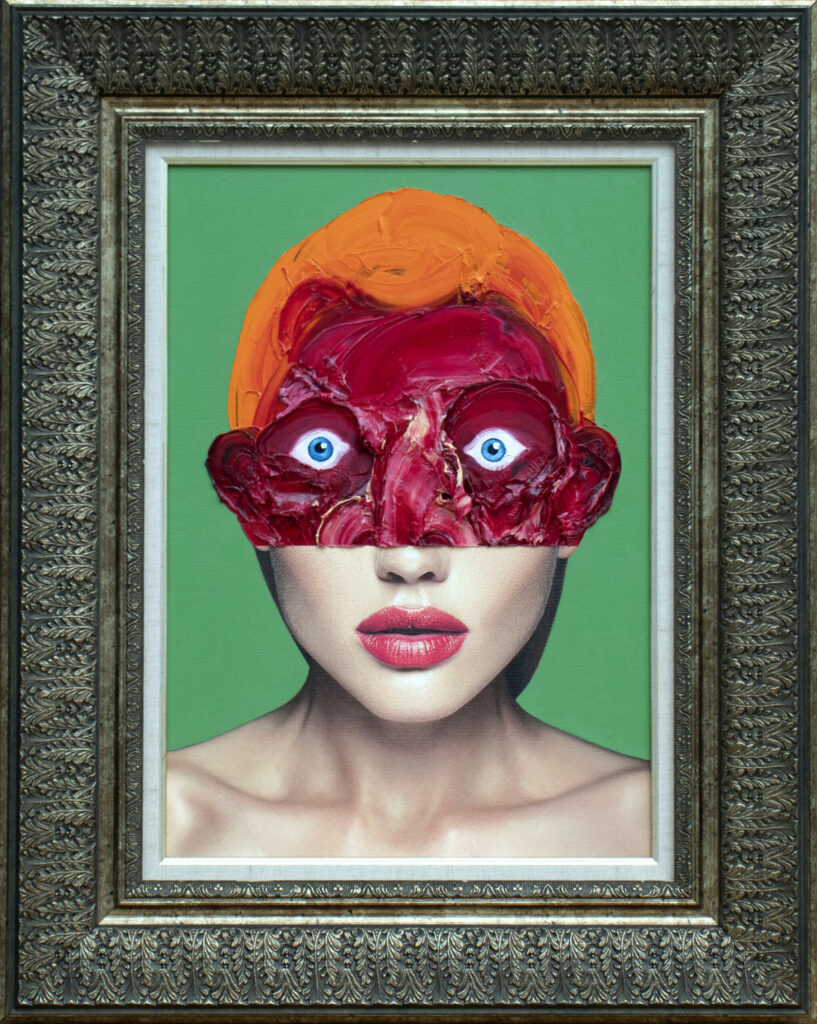
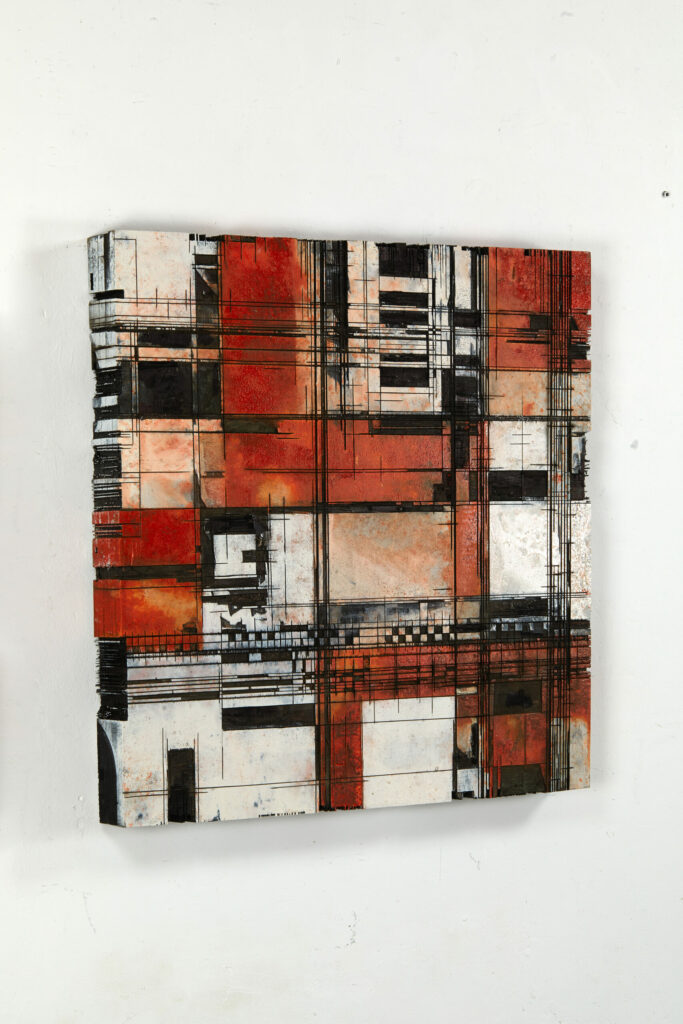
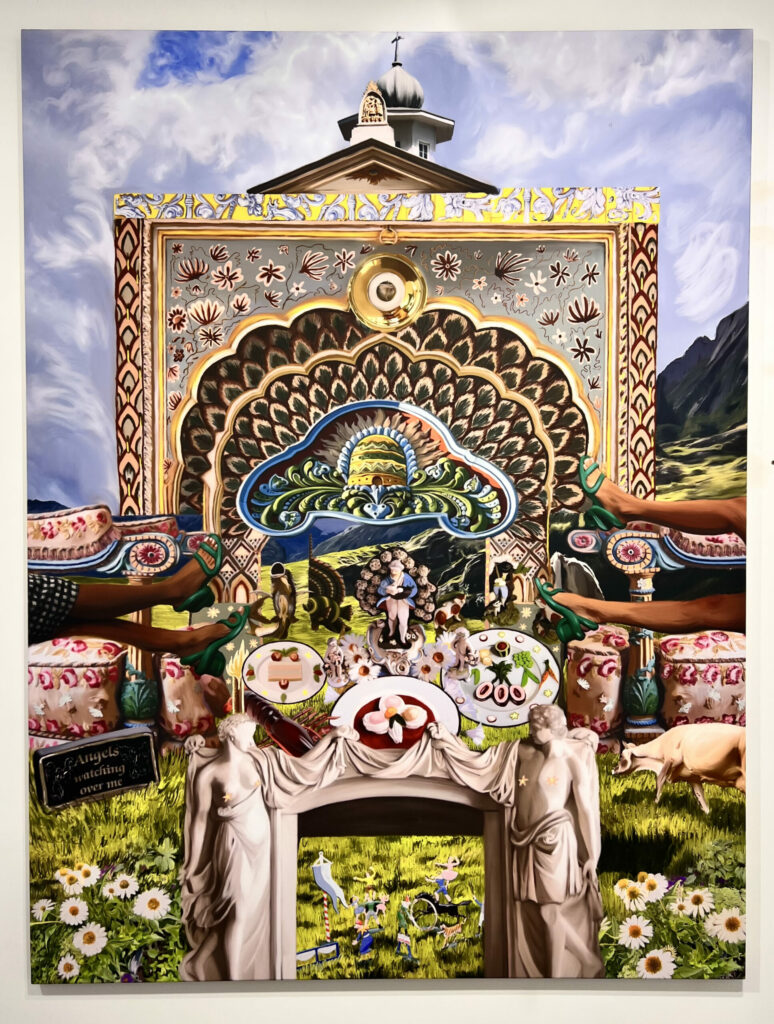
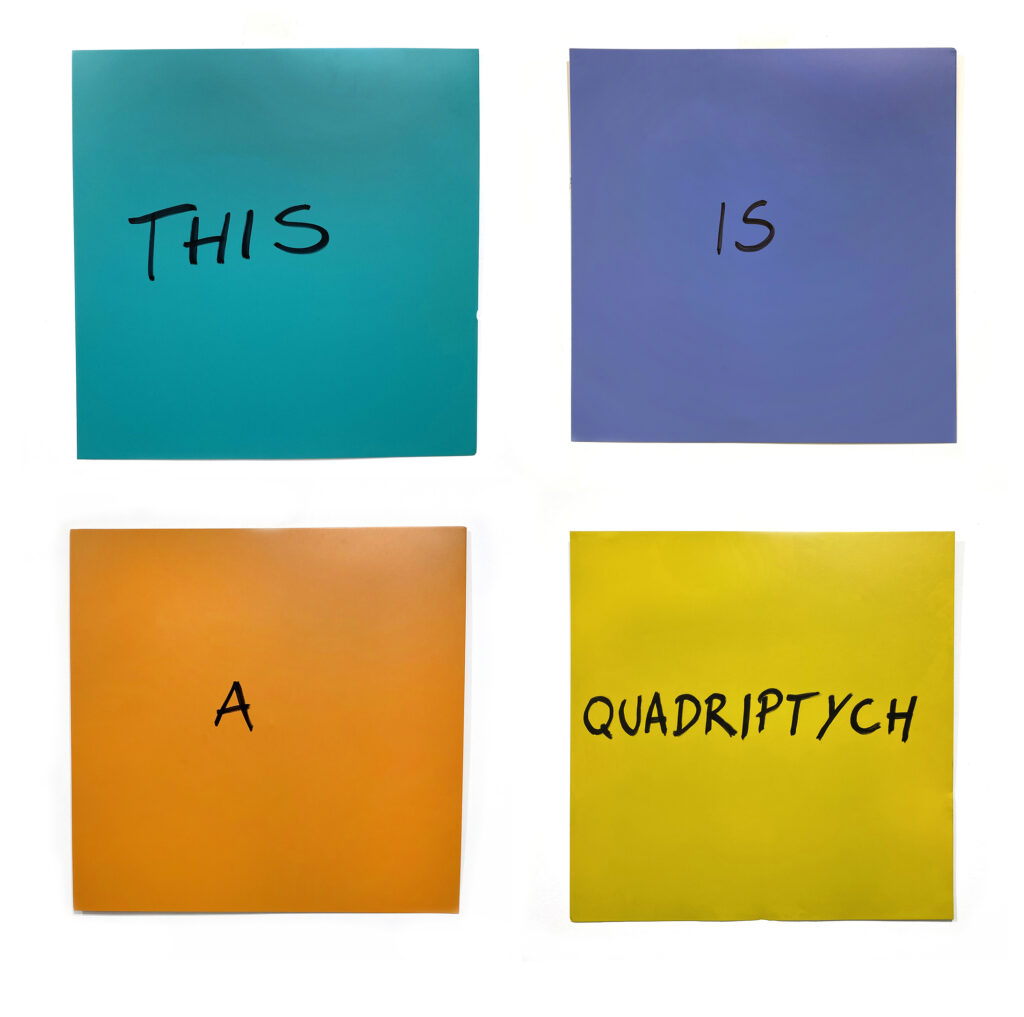

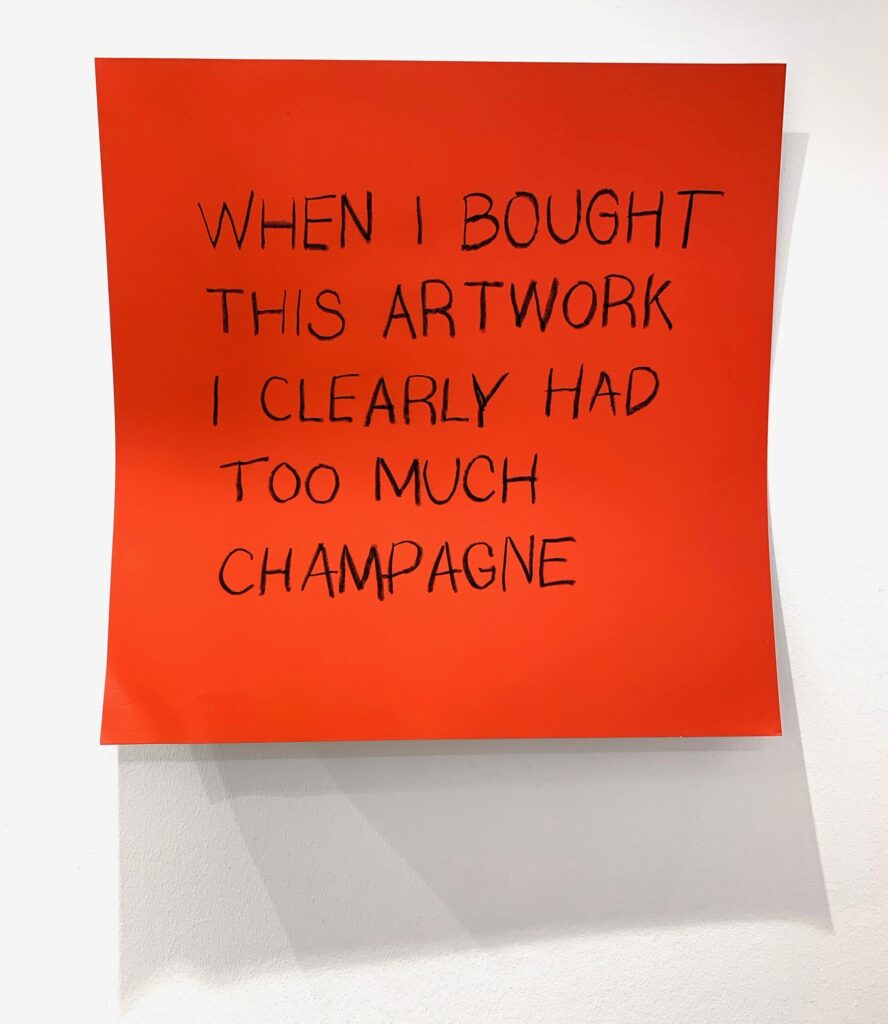
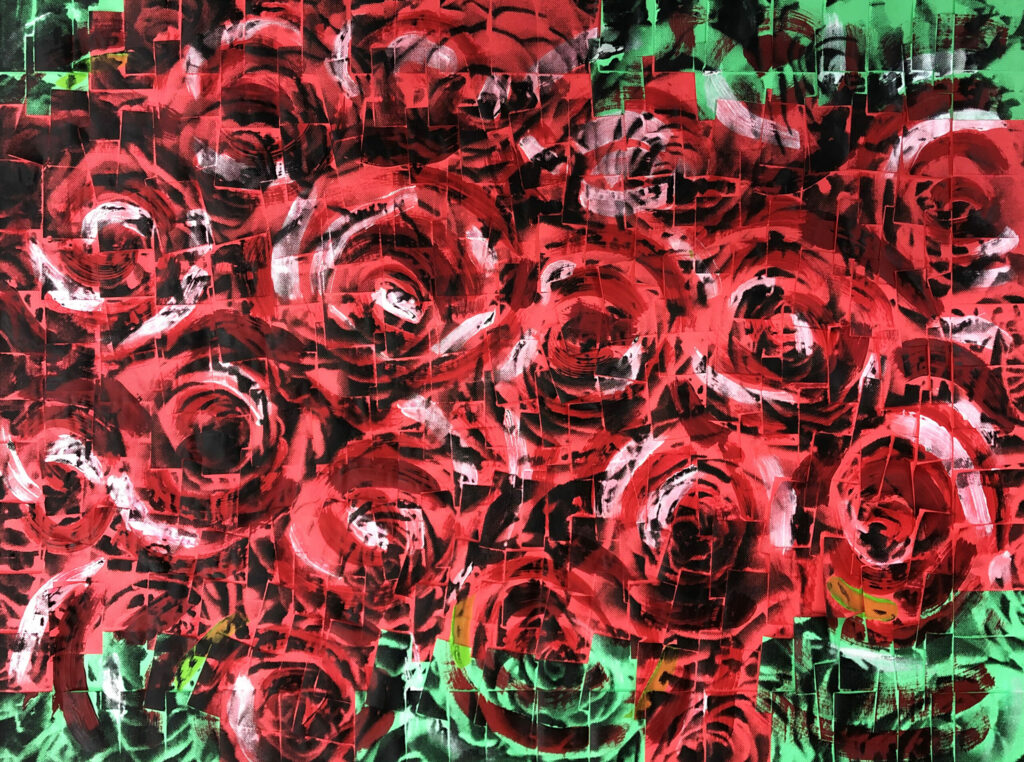
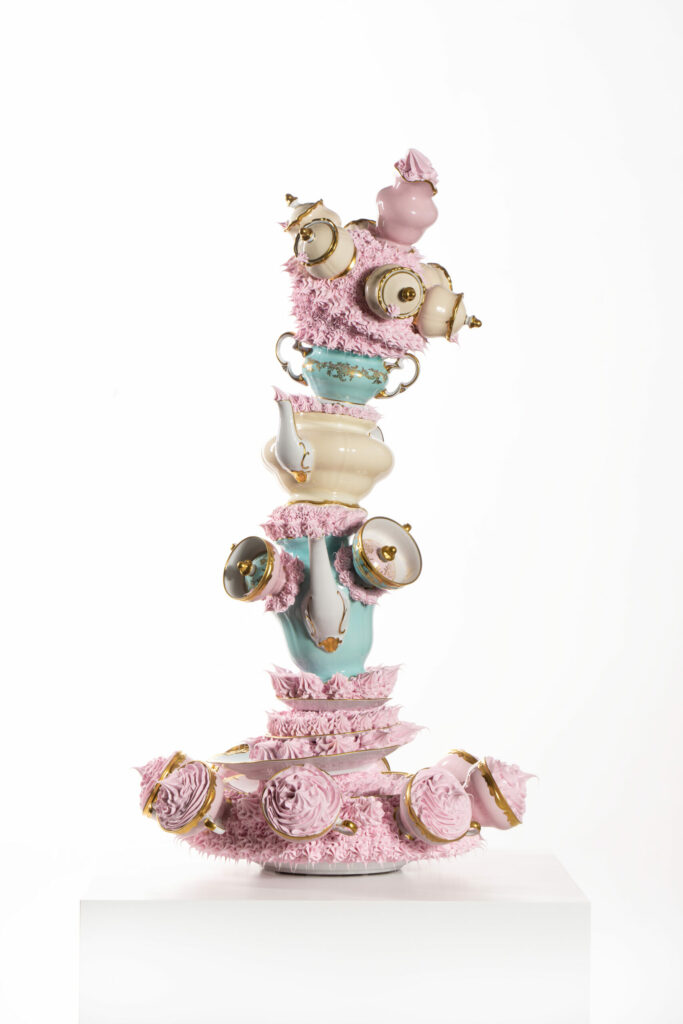
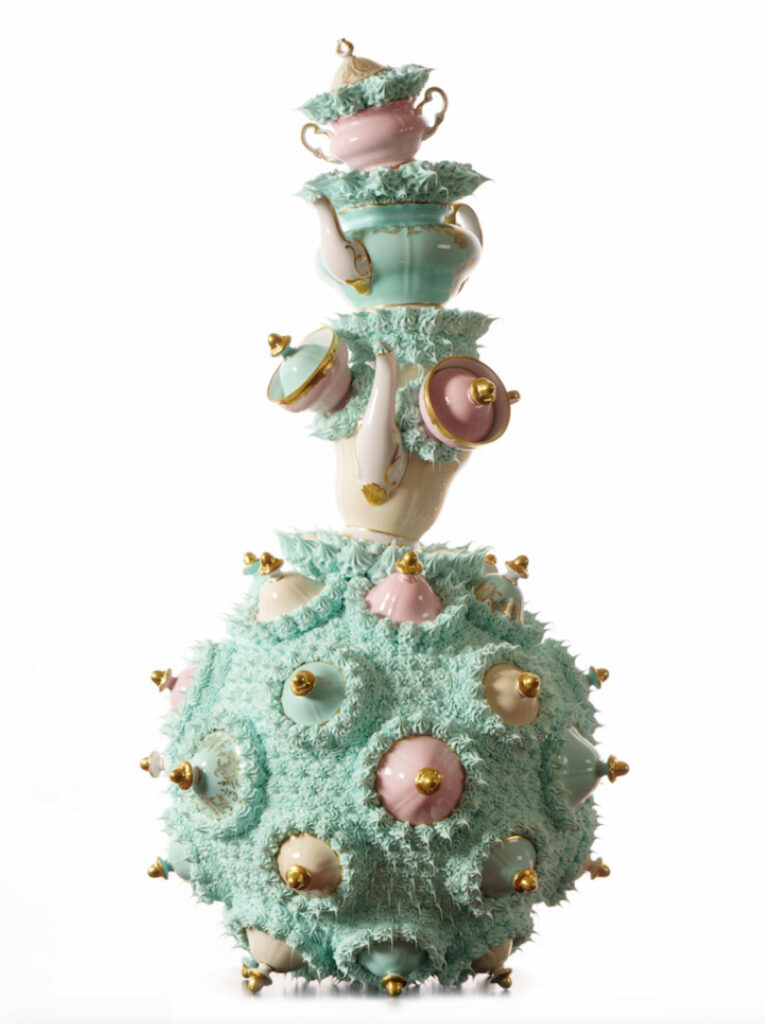
Among the 177 selected galleries from thirteen countries in the Contemporary Sector, Anna Laudel will feature a curated collection of artworks by Ardan Ozmenoglu, Lal Batman, Anke Eilergerhard, Daniele Sigalot, Ramazan Can and Mathias Hornung at art Karlsruhe, from February 22nd to 25th, 2024.
Founded 120 years ago, art Karlsruhe has established itself internationally as a high-ranking fair with a focus on classical to modern and contemporary art. The 21st edition of the fair stands out for its focus on new formats, genre bending art work and a more acutely focused selection of galleries.
In its fifth showcase at the fair, Anna Laudel features six artists using diverse media to address and explore the contemporary Zeitgeist. With masterful craftsmanship, the cross-generational artists present works that playfully reference global everyday objects, blending abstraction and irony.
Lal Batman explores deeply human themes in her oil paintings, weaving together dreams, reality, and skewed perceptions in a partly futuristic, partly fabulous narrative.
Lal Batman was born in 2001 in Bursa and spent her childhood moving between her hometown and Istanbul. She participated in curatorial projects, workshops, symposia and panels in Europe, Asia and South America like “IVth International Athens Art Symposium by UNESCO”, 2017 (Athens), an exhibition at “Boris Gorgiev and Varna City gallery”, 2017 (Varna), the “Repeat All Short Film Festival”, 2017 (Shumen) and an exhibition at Galerie Da Vinci Art (Paris) In 2017, Lal Batman was invited by Prof. Valeri Hristov Chakalov to attend the international film festival “Repeat All” organized by the Technological Education, Business and Visual Art Department of the Konstantin Preslavsky University of Shumen. In the context of the festival she received an award for her work.
Using video art, digital manipulation, digital illustration, sculpture and painting, Batman transforms her perspective on reality and its intrinsic volatile into complex pieces of art. She coordinated the group exhibition “Love over Entropy” at Anna Laudel gallery in Istanbul in 2020. In 2021 she started a multi-media based research project with curator and sociologist Ebru Yetiskin, a collective process resulting in exhibitions across 250 former theatre and opera houses in Belgrade, as well as the artist’s solo exhibition “Exposé” at Anna Laudel gallery in Istanbul (February 2022).
In 2023 Anna Laudel represented her in a solo booth at Zonamaco, Mexico City. The booth was mentioned on Art news as one of the top ten booths of this fair´s edition. Her first solo exhibition in Germany opened in December 2023 at Anna Laudel Gallery.
Ramazan Can, a descendant of the nomadic Yoruk people from Anatolia, juxtaposes his cultural heritage with contemporary reality. Influenced by regional Shamanism, Can explores the interdependence and opposition inherent in materials like concrete and wood, wool and neon, sacred and utilitarian objects.
Born in Manisa in 1988, Ramazan Can graduated from Gazi University (name changed to Hacı Bayram Veli University), Faculty of Fine Arts, Department of Fine Arts Education in 2011. In 2015, he received his graduate degree in Painting at the Fine Arts Institute of Gazi University. He debuted with the solo show “Shamans and Demons” in 2015 at Gallery Foyart in Ankara. In the following year, two more exhibitions under the same theme were held in Ankara, both at hotel Houston and Tilky Gallery.
Shamanism and modern mysticism play a vital role in Can´s work. He draws from Anatolian motifs, yet, he maintains a somewhat distanced relationship with those motifs and discerns them from their historic context when combining them with neo-expressionist elements. His work spans across painting, collage to neon light works and sculpture and though, not political in nature, one can read a certain narrative and commentary on history and modern society.
Can is to present day continuing his education at Gazi University within the Fine Arts Institute, though within the Program of Sufficiency in the Arts. Working and living in Ankara, he is currently lecturing at the Painting Department of the Faculty of Fine Arts at Ankara Hacı Bayram Veli University.
Anke Eilergerhard challenges concepts of femininity and sensuality through unconventional shapes and colors of her sensory sculptures. Notably, the use of specially produced traditional porcelain adds a humorous layer to her exploration of social conventions.
Berlin based artist Anke Eilergerhard works across a multitude of media, including painting, photography and video works, as well as sculpture. Her work is defined by her humorous artistic stance. She completed a degree in Communication Design in 1994 at the Bergische Universität in Wuppertal and moved to Berlin in 1999. She gained acclaim with her sculptures in recent years, many of which were acquired by museums and galleries worldwide. Skillfully Anke Eilergerhard plays with the boundaries of this particular medium, going sometimes in a more abstract direction and other times in a more figurative one.As if she was a “confesseuresse” or a “patisseuse “, she works the highly pigmented polyorganosiloxane (silicone) into the shapes of the “cream hoods”. Polyorganosiloxane, which is popular with DIY enthusiasts and plastic surgeons alike for its perfectly even surface, is also the perfect art material for the artist to create a synthetic image of an edible element of pastries we usually consider a special treat. Anke Eilergerhard’s artworks are exhibited and collected worldwide, including Abu Dhabi, Canada, Chile, China, Dubai, France, Germany, Greece, Hong Kong, India, Italy, Japan, the Netherlands, the Principality of Liechtenstein, Spain, South Africa, Switzerland, Turkey, the United Kingdom and the United States. Her sculptures are also to be found in the flagships stores of the brand Fendi in New York, Paris, Milan, Berlin, Dubai, Hong Kong, Tokyo, Rome and Shanghai.
Mathias Hornung plays with the concepts of past, present, and future through his compact yet intricately crafted woodcuts. His works reveal an idiosyncratic, oscillating relationship between three-dimensionality and digital space expressed in vibrant colours, and subtly rounded edges.
Upon his graduation from high school in Germany, Mathias Hornung completed an apprenticeship as a mechanic. In 1988 Hornung went on to study stage and costume design at the State Academy of Fine Arts in Stuttgart-Weissenhof in the classes and workshops of Peter Grau and Jürgen Rose and earned his diploma in 1993. Hornung’s research related to his work explores the visual connection between traditional wood printing technology and digital order patterns. The materials primarily used by the artist are paper and wood. The pieces of wood discarded in the process of milling into it, is what he later uses in the printing process on paper. Following this technique he equates the printing and the tools used to print with one another.Mathias Hornung has been living and working in Berlin since 1992. Between 2004 and 2007 he worked in Canada, Costa Rica, Elba/Italy and Indonesia, and featured in exhibitions in France, US, Canada, Belgium, Austria and South Africa.
Ardan Ozmenoglu ingeniously employs post-it notes as the foundation for her artwork, subtly challenging traditional notions of canvas in classical painting. This transformation imbues a commonplace material with a fresh intellectual significance, avoiding overt critique.
Born in 1979 in Turkey, Ardan Özmenoğlu obtained her BFA as well as her MFA in the Department of Art, Design, and Architecture from Bilkent University, Ankara. She was an Artist in Residence at Kala art Institute in Berkeley, Ateliergemeinschaft Milchhof e.V. Berlin, Frans Maserell Centrum in Belgium, Kulturkontakt Austria in Vienna, and Glasstress in Murano, Venice. Her recent work consists of site-specific installations combining screenprints in various formats and on different media and materials such as glass, neon tubes and lights as well as post-it notes. Playing with the formats of printmaking and sculpture she creates three dimensional, almost architectural shapes. Her works can be found in important collections world wide, such as the Hort Collection NYC, Naked Heart Foundation, the Frankfurt Airport Collection, the Osthaus Museum Hagen Collection, the Kala Art Institute Collection, the Borusan Contemporary Art Collection, the UniCredit Bank Art collection, the Fondation Jan Michalski Collection, the Imoga Mundi (Benetton) Collection and the Istanbul Modern Collection.
One of the striking features of Özmenoğlu’s oeuvre is her use of images of both Turkish and global popular culture, as well as commonly used colloquial expressions, Özmenoğlu captures the fast changing, chaotic, and sometimes burdening reality of our present-day world. Though arguably biographical in nature, Ardan Özmenoğlu sets an universal example of the artistic examination of national and cultural identity, individuality, and collective visual memory. Ardan Özmenoğlu lives and works in Yeniköy, Istanbul.
Daniele Sigalot employs aluminium provocatively and delves into the essence of art. With thought-provoking slogans, Sigalot cleverly mocks stereotypes prevalent in the art world and its associated market.
Daniele Sigalot was born in Rome, in 1976. He started his creative career in the advertising field , working for leading agencies in Italy, Spain and the UK. In 2007 he left the agency Saatchi & Saatchi London to fully dedicate himself to an artistic project he had founded with Fabio La Fauci in 2005 called ‘Blue & Joy’- The project’s name became a nom de plume of the Sigalot/La Fauci duo, a collaboration which continued until 2013. One year later the duo dissolved their artistic and creative partnership and Daniele Sigalot went on to pursue a solo career, focusing on mixed media installations. At the heart of his working process and conception lies the ambiguity between the physical nature and the perception of the materials he uses. His work is as much illusional as it is ironic. In 2022 he debuted with the solo show “Master of Mistakes” at the National Gallery of Modern and Contemporary Art in Rome. Sigalot ran a workshop in Berlin between 2010 and 2018, which he almost self-ironically called “La Pizzeria”. In January 2019, he moved his studio to Naples. As of January 2023 he moved “La Pizzeria” to Rome, where he has since then been living and working.
Anna Laudel’s selection of artworks can be visited at art Karlsruhe from February 22nd to 25th, 2024 in the “Contemporary” Sector, Hall 1, Booth C04.
